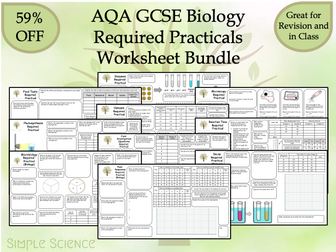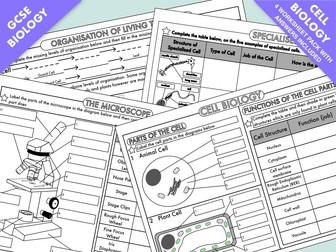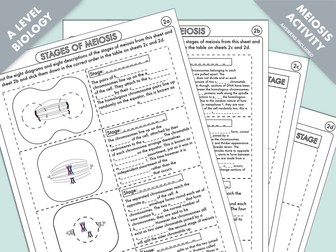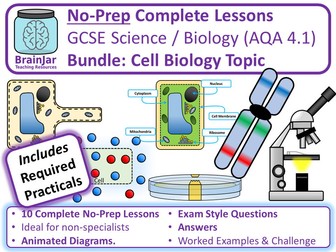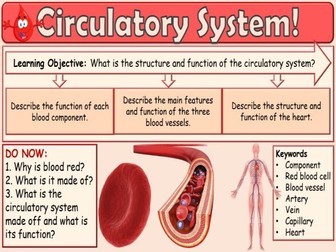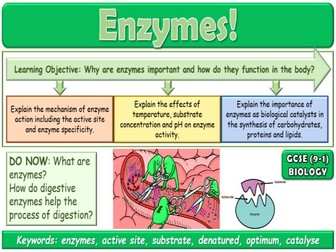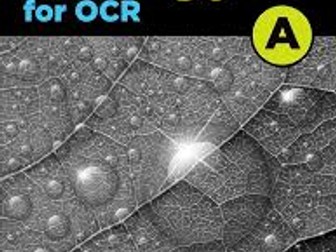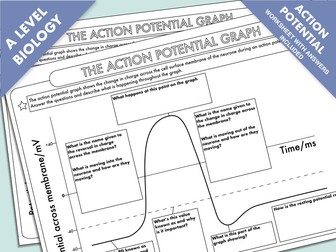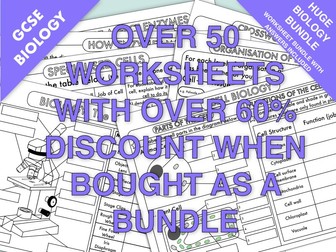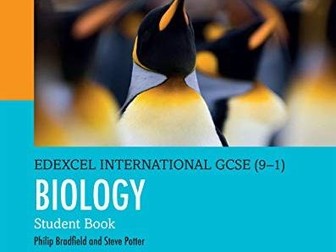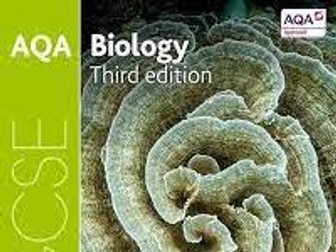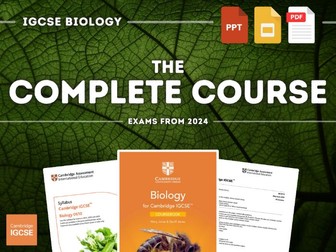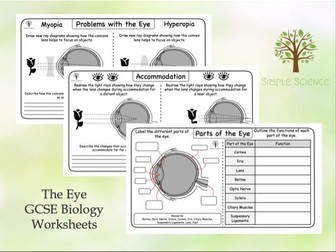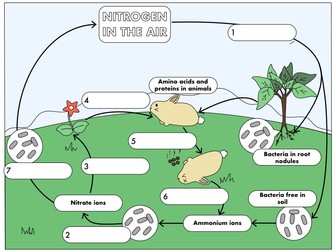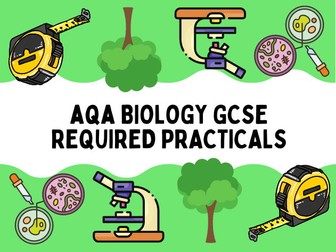Bundle Sale
Biology Required Practicals - AQA GCSE Biology
<p>This bundle contains the revision mats for the required practicals that now involved in the new AQA specification for 2018.</p>
<p>They contain questions based around the methodology of the practicals, graph work and evaluation of the methods chosen. Exam question would be good to go along with these for added benefits.</p>
<p>This revision mats include:</p>
<p>Microscopy<br />
Osmosis<br />
Enzymes<br />
Food Tests<br />
Photosynthesis<br />
Reaction Time<br />
Field Investigation<br />
Microbiology (Triple)<br />
Plant Responses (Triple)<br />
Decay (Triple)</p>
<p>Answers are also included for all the resources.</p>
<p>These are great tools for use as homework after the students have performed the required practical or for revision before any assessments and their exams.</p>
<p>Students have commented on these saying that they have found them useful tools for revision and helped them in lessons as aids.</p>
<p>Please rate these resources and follow me for upcoming revision mats for the other areas of the specification.</p>
